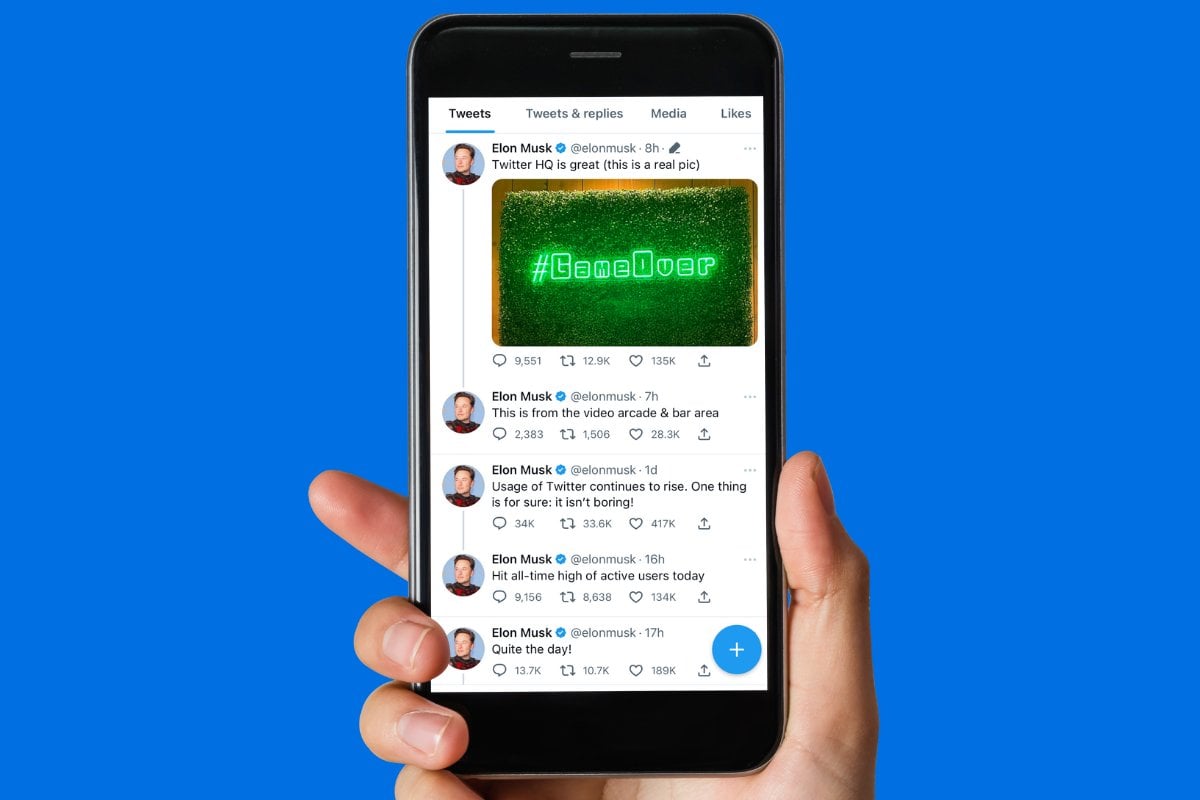
Billionaire Elon Musk has been at the helm of Twitter for a matter of weeks, and already, chaos has ensued.
It all started earlier this year in April, when Musk offered to buy the social media platform after the company had been experiencing some financial difficulties.
Promising to "unlock its extraordinary potential", Musk offered to buy the platform for a casual $43 billion.
Over the next few months, Musk tried to back out of the deal, but Twitter didn't let him, suing the Tesla CEO in July to force the completion of the acquisition.
Eventually, Musk offered to buy Twitter at the original price of $54.20 a share, meaning it would have sold for around $44 billion.
He is now the owner and CEO of Twitter.
Entering Twitter HQ – let that sink in! pic.twitter.com/D68z4K2wq7
— Elon Musk (@elonmusk) October 26, 2022

Top Comments